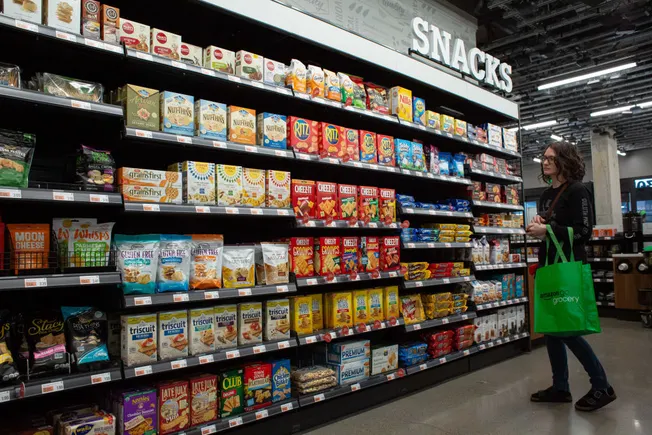Table of Contents
The food and beverage industry is facing challenges in 2025.
Decreased consumption has led to lower sales due to inflation impacting consumer spending. Companies are also facing rising costs.
Consumers are now looking for more functionality from their food, pushing companies to invest in premium ingredients to meet nutritional demands. Tariffs and government pressure to eliminate artificial additives are adding to the financial strain.
To stay competitive, companies are reorganizing, cutting jobs, and selling assets. Some are also turning to smaller mergers and acquisitions to tap into current consumer trends.
As we approach the latter half of 2025, Food Dive explores four major food trends that could shape the industry for the rest of the year.
Challenges for Big Food Companies
Large food corporations are struggling in 2025 due to various factors that continue to impact their operations.
The packaged food sector is seeing a decline in revenue as inflation, uncertain tariffs, reduced consumer spending, and higher commodity costs affect their bottom line.
Analysts note that companies are finding it difficult to pass on increased costs to consumers, leading to sluggish growth. While some businesses may see improved sales in the second half of the year, the rise in costs will likely offset any gains.
For example, Kraft Heinz experienced a nearly 2% drop in sales in the second quarter, with a predicted decline in organic sales for the fiscal year. Conagra Brands also warned of increased costs impacting their 2026 fiscal year.
Several companies, including General Mills and Post Holdings, have announced layoffs as part of cost-cutting measures.
Industry analysts predict a significant restructuring in the consumer packaged goods (CPG) sector, including food and beverages, as companies struggle with low growth rates.
Focus on Mergers and Acquisitions
After a series of midsize deals in 2025, the food and beverage industry is expected to see more of the same for the rest of the year.
While overall deal activity has been limited, companies are making strategic acquisitions to expand into popular market segments. This trend is likely to continue in the coming months.
Notable acquisitions include PepsiCo’s purchase of prebiotic soda brand Poppi and Hershey’s acquisition of LesserEvil. Ferrero also announced a significant deal to acquire cereal giant WK Kellogg.
Analysts suggest that companies with focused portfolios and category leadership are more likely to succeed in the long run compared to diversified companies.
Despite economic challenges, companies are still looking for growth opportunities through smaller-scale mergers and acquisitions.
Rise of Functional Ingredients
While protein has been a key focus in the wellness industry, companies are now exploring other functional ingredients to meet consumer demands.
Consumers are increasingly seeking premium ingredients that offer benefits beyond basic nutrition, such as gut health, skin health, and mood enhancement.
A growing number of Americans are prioritizing products with health benefits, driving a significant market for functional foods and beverages.
Major companies have expanded their presence in functional ingredients, particularly in the prebiotics category, to cater to health-conscious consumers.
Regulatory Pressure on Health and Nutrition
Following commitments to remove synthetic colors, the health movement is now focusing on regulating additives and ultraprocessed ingredients.
Major food manufacturers have pledged to remove artificial colors from their products in response to regulatory pressure. The movement is now looking at broader regulatory changes, including defining ultraprocessed foods.
Regulatory bodies are reviewing ingredients and dietary guidelines to promote healthier eating habits among Americans. There is a growing emphasis on plant-based protein sources and natural ingredients.
While companies navigate regulatory challenges, they are also adapting to changing consumer preferences and market demands.

